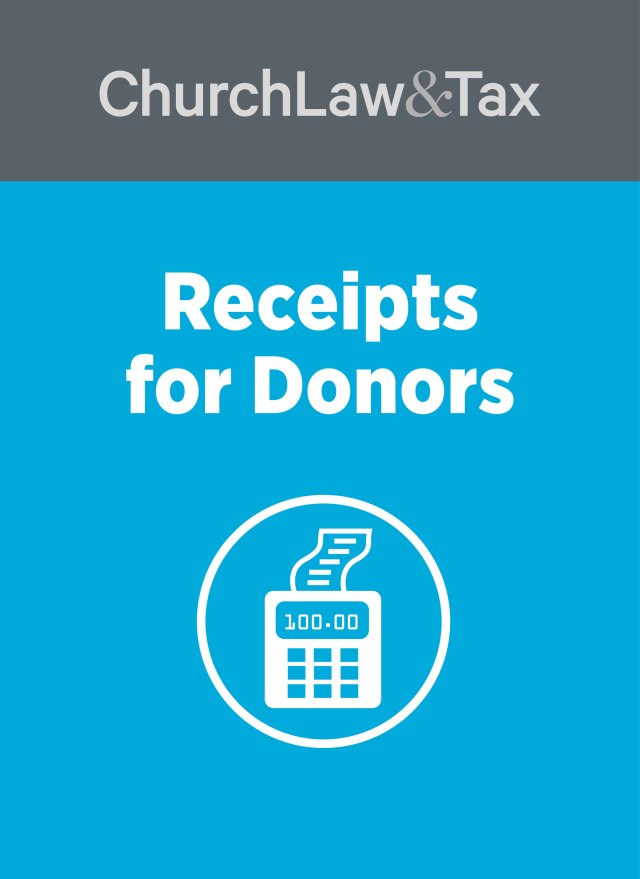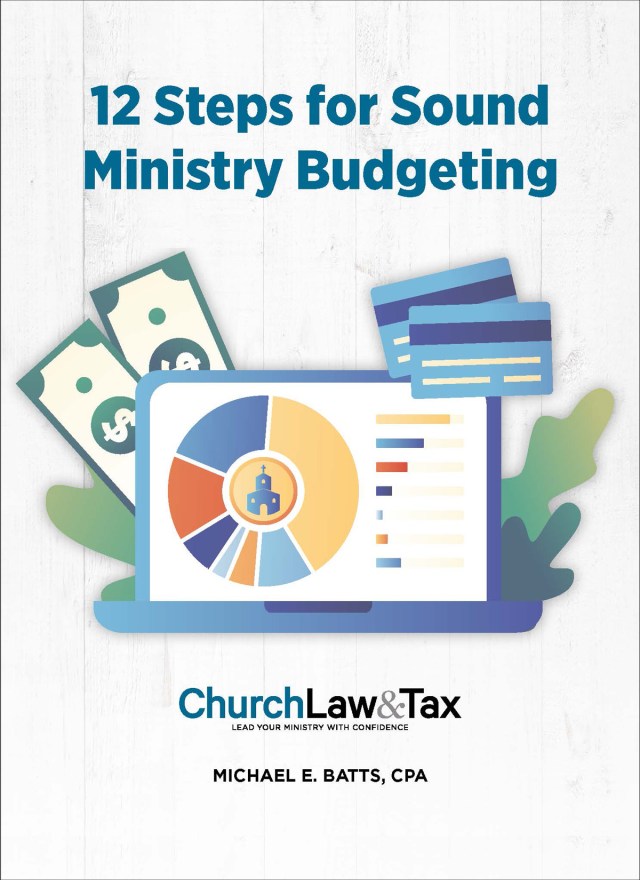Tithing. Just write the word or use it in conversation, from the pulpit, or online and immediately people react—positively, negatively, even vehemently. While the word tithing is often a point of contention or confusion in the church world today, one thing is clear: millions of Christians give 10 percent or more to the Lord’s work, even if they don’t consider themselves “tithers.”
Barna research estimates that 5 percent of Americans, and 12 percent of born-again Christians, donate 10 percent or more to religious causes. Though they represent only a small percentage of the overall population, these faithful givers are the financial backbone of every religious entity to which they give. In most cases, they contribute one-half to three-quarters of the revenue to their church, mission agency, and Christian non-profit organization. Without this group of faithful and generous givers, most churches and ministries would quickly be forced to close their doors.
Until recently, no in-depth research had ever been conducted to find out about the financial, giving, and spiritual practices of this consistently generous group. Now, after five years of State of the Plate research conducted by MAXIMUM Generosity (my ministry), along with Christianity Today, ECFA, and Evangelical Christian Credit Union, we have data that provides invaluable insights on the financial, giving, and spiritual practices of 4,412 people from all 50 states and more than 70 countries.
Here are some notable highlights from this research:
Those who give 10 percent or more started doing so at a young age—63 percent started giving 10 percent or more between childhood and their twenties.
The majority of people have large estates (including houses, possessions, investments/pensions, and life insurance policies), but only 25 percent have included their church in their will.
People that give 10 percent or more are better off financially than those Christians who don’t. In every category we measured, faithful and generous giving led to greater financial health in people’s lives.
People who give 10 percent or more have five different ways they give inside their local church (see chart on page 2).
What keeps non-tithing Christians from giving: 38 percent say they can’t afford it, and 33 percent say they have too much debt.
Getting out of a giving rut
Any church of any size anywhere can create a culture of generosity and grow givers and giving in their church. Just as a car must have all the pistons firing properly to move smoothly down the road, so churches must have all the “generosity” pistons firing in their ministry. But most church giving is stuck in what I call the “Kluth Rule of Thirds”: one-third never give; one-third give less than $500 per year; one-third give more than $500 per year.
Here are five fundamental principles to help break out of a giving rut and take generosity to a whole new level in your church:
1 – INSTRUCT with Scriptures
Generosity and financial teaching in a church should be about the Bible, not the budget, bills, or building. The budget is a spending plan, not the giving goal. When I first came to my church as a senior pastor, the church hadn’t met budget in four years. When I asked why we had a budget we never met, the treasurer told me they were trying to teach people to give to the budget. “It’s obviously not working,” I said, “and we need to change our focus. My goal will be to teach people to give to God based on the Bible, not the budget.”
Using this approach, our giving went up nearly 90 percent, and we exceeded our budget 9 of the 10 years I was senior pastor at this church. The only time we did not exceed our general operating budget (we reached 99 percent) was the year we raised hundreds of thousands of dollars in extra cash offerings for facility improvements.
2 – INFLUENCE with Resources
Ultimately people are influenced by what they hear, read, see, study, or discuss. A church must intentionally expose its people to resources that teach them biblical truths about finances and generosity. This can happen through sermons, short videos during worship services, seminars, classes, small groups, or through personal devotional guides focused on generosity. Providing resources for your congregation, such as Devotionals, flyers, booklets, and church giving cartoons also can have a powerful effect on people’s thinking about generosity and their giving practices. I’ve seen it lead to double and even triple-digit giving increases.
3 – INVOLVE with Systems (collections and campaigns)
Scripture says we are to “collect” people’s financial gifts and offerings. For many years the debate in our churches has been about whether to pass the plate or have a box in the back to receive people’s offerings. The answer today is “yes and more!” Passing the plate, putting a box in the back, providing for EFT giving, online giving, iPhone app giving, putting kiosks or computer terminals in the lobby, having stock brokerage accounts, and accepting gifts in kind are options a church can use to help people be faithful and generous givers. While very few churches will do all of these things, all churches need to do more of these things to help “collect” people’s offerings.
4 – INSPIRE with Stories
The Bible features many generosity stories. King David gave generously to the temple, and his leaders followed his example. Barnabas gave the proceeds from the sale of land to help the needy. A little boy’s lunch helped feed 5,000 men, plus the women and children. A widow’s mite was noticed and commended by Jesus. A woman poured out an alabaster of perfume on Jesus’ feet that was worth a year’s wages. All of these are generosity stories. Stories move us and shape us. They make us laugh, they make us cry, they make us think, and they make us act and react differently. In church, pastors need to share their own personal generosity stories. People can be invited to tell about how or when they began to give to God. Generosity testimonies are posted on YouTube and various generosity websites. My generosity devotional, 30 Days to Generous Living, includes 30 true generosity stories. Guest generosity speakers will often share moving stories that will inspire people to become more generous. A thank you note read out loud in a service from someone helped through a benevolence gift will lead to more benevolence giving in the future. Generosity testimonials are a vital piece—a major piston—for helping teach people to become generous.
5 – IGNITE with Vision
Generous giving ultimately flows to need-meeting ministries with vision, not needy ministries. In Scripture, God released resources to big projects that were planned out and clearly communicated (think Moses, Nehemiah, David, Paul). In many churches, the goal is merely to meet budget, or keep the doors open another year. We are to bring God’s love inside our four walls, into our community, and around the world. Our financial goals and projects need to be worthy of people’s support because we are making an impact on people’s lives.
When your church is firing on all five of these generosity pistons, you’ll create a culture of generosity in your church, and you’ll be amazed at the resources that will flow to and through your ministry to bless a world in need. If God knows he can get resources through your church, he will get resources to your church.





